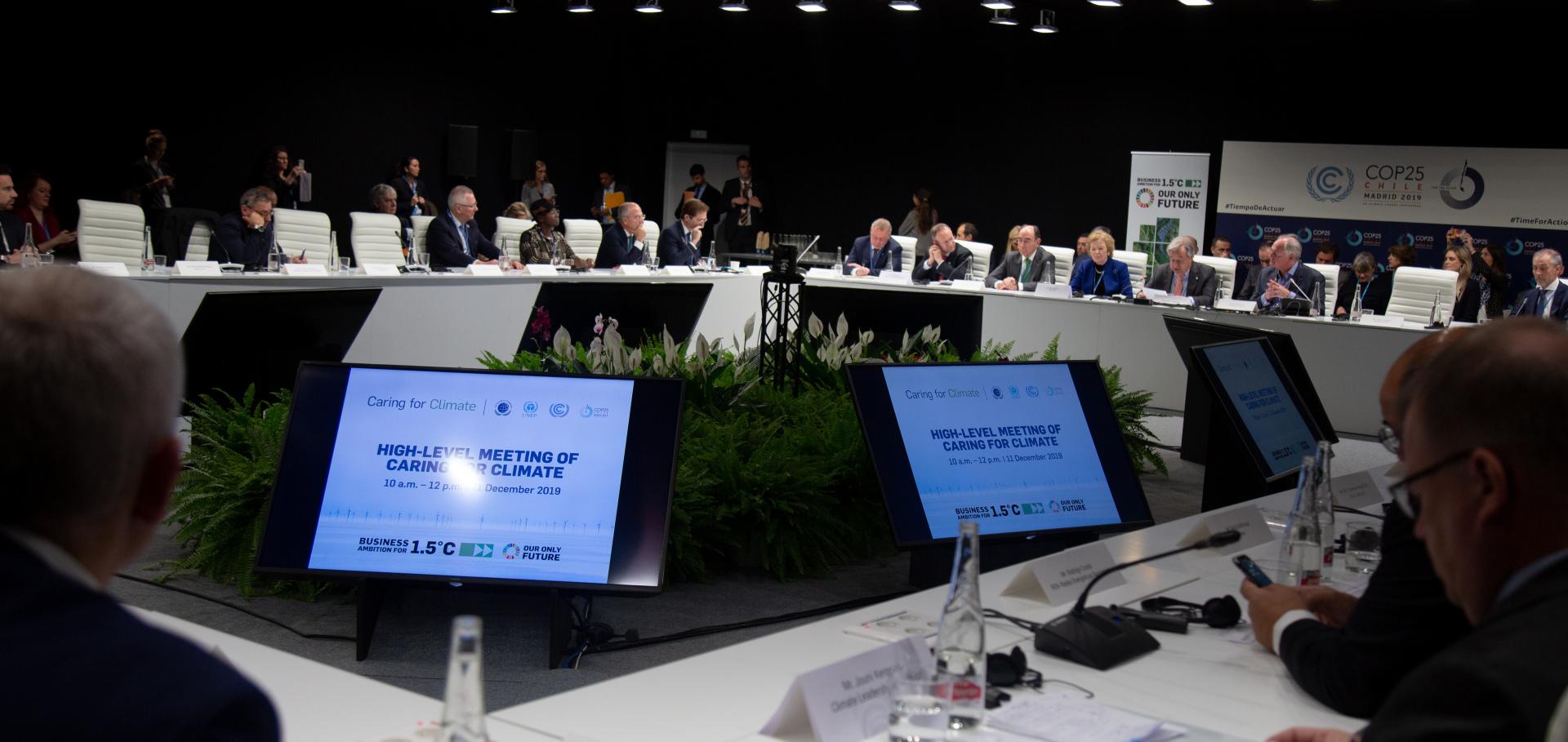In the lead-up to this year’s global climate summit, being held in Egypt from Nov. 6 to Nov. 18, formally known as the 27th Conference of the Parties (or COP 27), global warming and climate change have, in the world collective consciousness, become, over time, bigger and bigger deals, and it would appear based on what I’ve seen and heard, activists seeking, wanting, insisting from leaders, more, much more climate-correction action be taken. I hear you loudly and clearly, if that’s any consolation.
Let it be known that, for my part, I do what I am able to, to bring you the lowdown, doing my level best to keep my finger on the pulse and relate the information that matters most to the most people. Having one’s finger on the pulse means staying informed and not missing a beat.
I’ve been doing just this, primarily by reading books, magazine and newspaper articles coupled with watching and listening to television news reports and various video productions and programs – documentaries, mainly – covering the subject.
Those information-dissemination vehicles run the gamut. Their names are varied as is the information covered, featured or presented. Source vehicles like the Public Broadcasting Service (PBS) television network, the BBC (British Broadcasting Corporation) and a host of others.
Presentations, productions, programs include but are certainly not limited to, NOVA’s “Polar Extremes” series, incidentally, hosted and narrated by bio-paleontologist Kirk Johnson of the Smithsonian Institution; “Greta Thunberg: A Year to Change the World” with three installments (Parts 1, 2 and 3); as well as the simply and aptly named documentary “Climate Change,” narrated by none other than Sir David Attenborough. Meanwhile, the one I found to be the most informative to date, bears the title: “Earth Emergency.” Each of these programs were aired on PBS.
Furthermore, and starting with the Winter 2022 issue, California Polytechnic State University, San Luis Obispo, through its excellent biannual “Cal Poly” magazine offering, is currently running a four-part series called: “Our Climate Future,” the title itself being pretty much self-explanatory.
On the book front, this may come as a surprise, but I only own two books on the subject: “Fevered: Why A Hotter Planet Will Hurt Our Health – And How We Can Save Ourselves,” (I did a review of this book which I posted right here on the Air Quality Matters blog), by Linda Marsa and “Under A White Sky: The Nature Of The Future,” written by Pulitzer Prize-winning author Elizabeth Kolbert.
Add to this list the plethora of online information that one can find if one takes the time to look. Many are scientific, quite technical in nature while others, meanwhile, are easy-to-read and easy-to-understand reports and commentaries. One of the ones I previously referenced that I believe falls somewhere between these two extremes is NASA’s own “Earth Observatory.”
In closing, I would surely be remiss if I failed to mention any number of easily accessible posts dealing with the subject that can be had with a couple of computer keyboard keystrokes and/or mouse clicks (or using any other electronic means through which you receive online information) found and archived at both the Air Quality Matters and ScienceBlog (scienceblog.com) sites alike.
Happy watching and/or reading!
Notes
An earlier version incorrectly pointed out that the first installment of the four-part “Our Climate Future” series, published in Cal Poly Magazine, first ran in the Fall 2021 issue. The information has been revised and is now correct.
– Alan Kandel
Copyrighted material.
Last updated on Jun. 28, 2023 at 10:32 a.m. Pacific Daylight Time.
